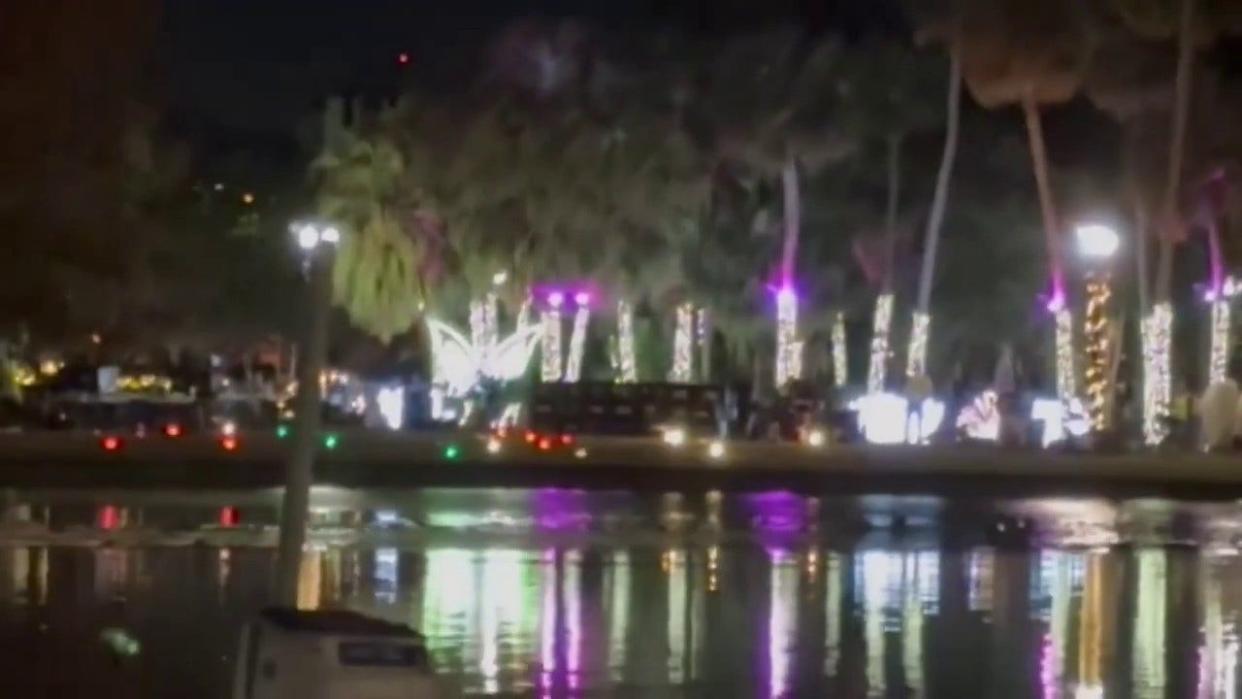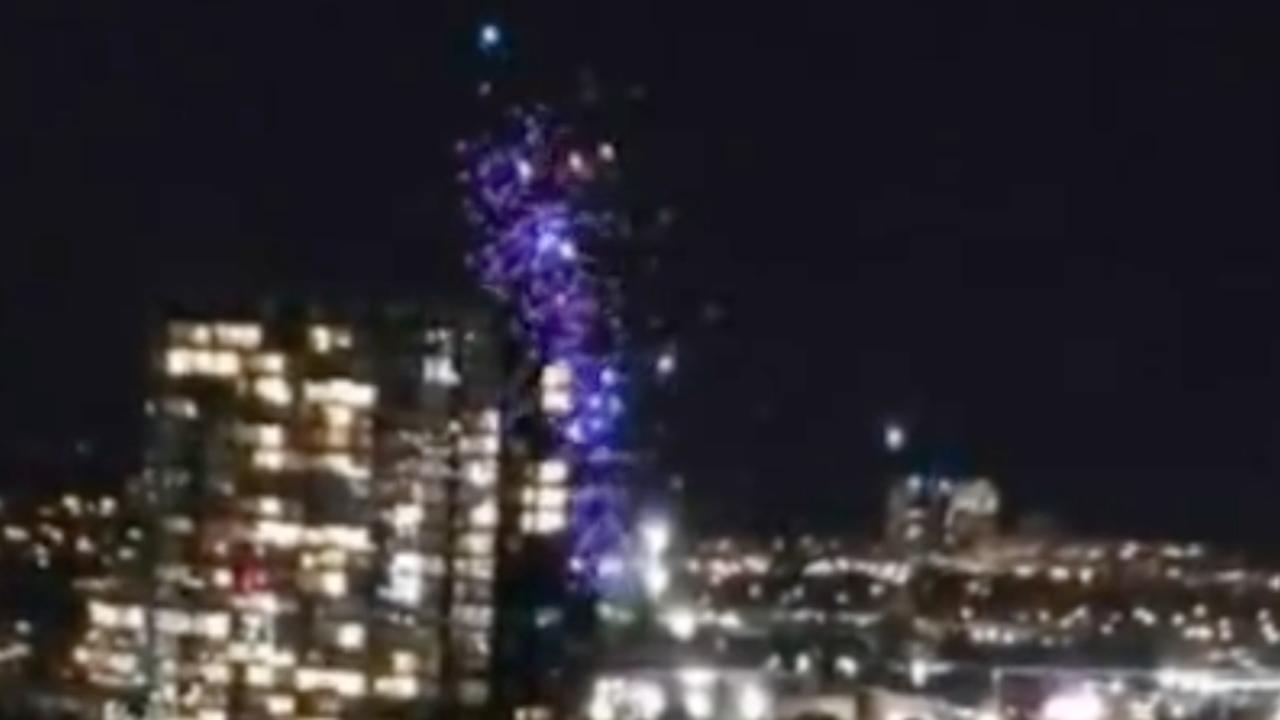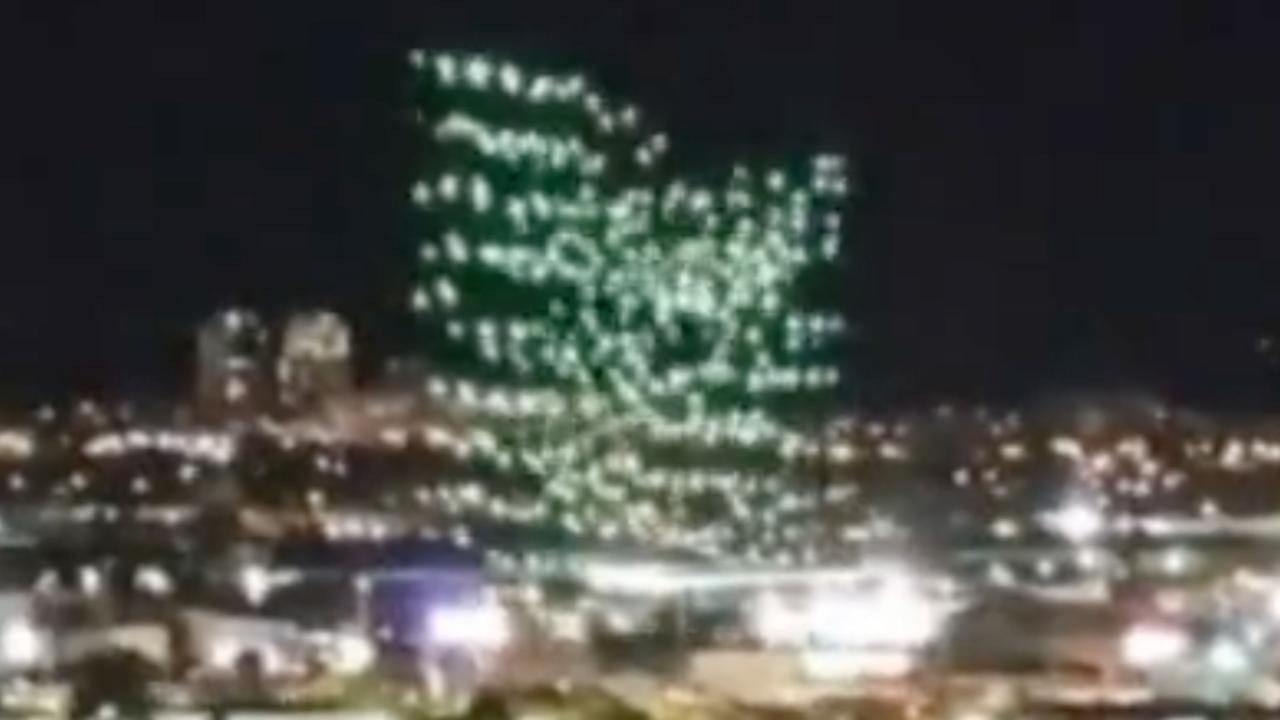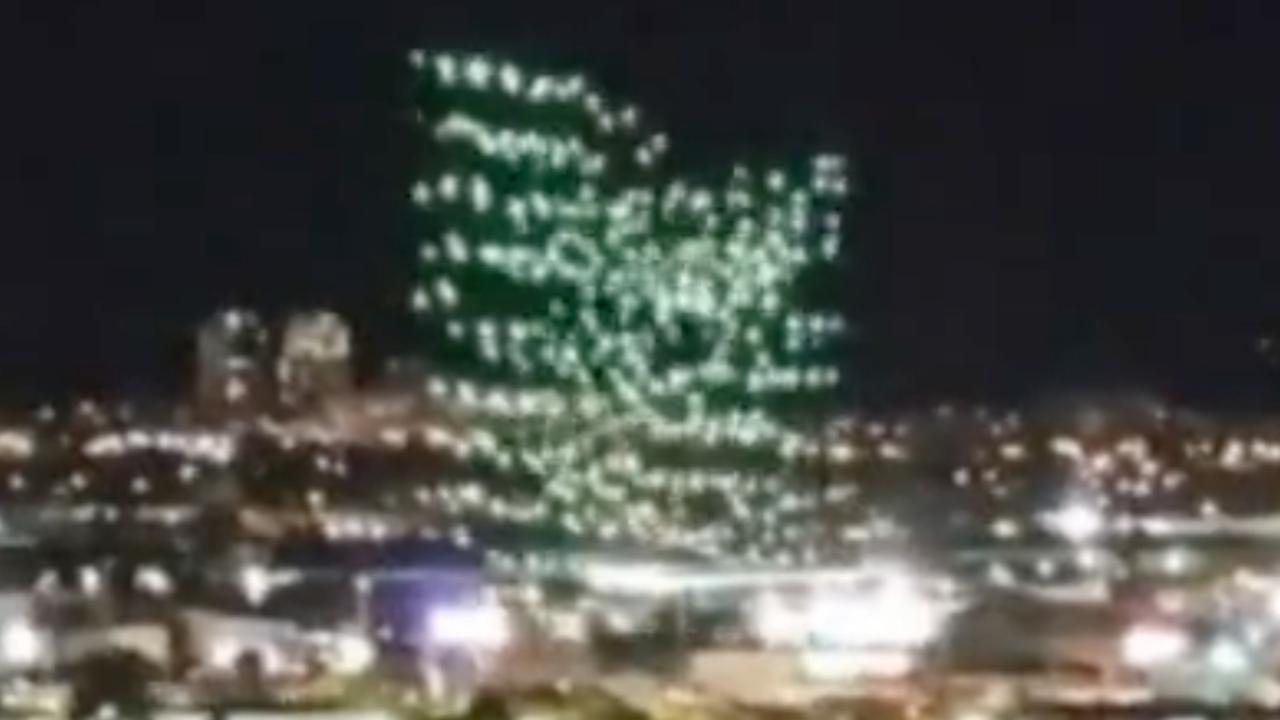Orlando drone show malfunction serves as a compelling case study in the complexities of large-scale drone operations. This incident, involving a significant number of drones, highlights the potential for technical failures, human error, and the crucial need for robust safety protocols. The event unfolded rapidly, leaving spectators and organizers alike grappling with the aftermath and prompting a thorough investigation into the causes and consequences.
The Orlando drone show malfunction highlights the potential for technical issues in large-scale drone operations. This incident underscores the importance of robust safety protocols, a concern amplified by recent events like the kazan drone attack , which showcased the vulnerability of civilian infrastructure to even relatively small-scale drone deployments. Ultimately, the Orlando malfunction serves as a reminder of the need for continuous improvement in drone technology and its regulation.
This analysis delves into the specifics of the malfunction, examining the technical aspects, safety procedures, public reaction, and the ensuing regulatory and legal implications. We will explore potential contributing factors, ranging from software glitches and hardware failures to environmental conditions and human error. Furthermore, we will consider the incident’s impact on public perception of drone shows and the broader implications for the future of this rapidly evolving technology.
Orlando Drone Show Malfunction: A Comprehensive Analysis
This report details the technical, safety, and legal aspects of a drone show malfunction in Orlando, providing insights into potential causes, response procedures, and implications for future drone operations. The analysis draws on hypothetical scenarios and general knowledge of drone technology to illustrate potential issues, as specific details of the hypothetical malfunction are not provided.
Event Details and Circumstances
Let’s assume the malfunction occurred during a large-scale drone light show on July 4th, at Lake Eola Park, Orlando, at approximately 9:00 PM. The show featured 500 commercially-available drones, manufactured by a hypothetical company, “SkyLights Drones,” known for their vibrant LED displays and precise flight capabilities. The show commenced without incident, with drones performing synchronized aerial maneuvers to create various patterns and images.
However, approximately 15 minutes into the show, a significant portion of the drones began to deviate from their programmed flight paths. This deviation escalated quickly, leading to a loss of synchronization and ultimately resulting in a premature termination of the display. While some drones landed safely, others experienced uncontrolled descents, although a system-wide crash was avoided due to the fail-safes in place.
Technical Aspects of the Malfunction

Several factors could have contributed to the malfunction. Potential technical causes include a software glitch in the central control system, a failure in the drones’ GPS modules, interference from radio frequency signals, or a widespread battery issue. The drones’ flight control systems rely heavily on GPS for positioning, and communication systems for receiving commands and sharing data. A disruption in either could have triggered the cascading effect.
Human error, such as a programming error in the flight plan or inadequate pre-flight checks, also remain possibilities. The incident shares similarities with other drone show malfunctions reported in the past, where software glitches or communication failures have resulted in loss of synchronization and erratic drone behavior. These past incidents highlight the importance of robust redundancy in drone control systems.
Safety Protocols and Emergency Response, Orlando drone show malfunction

The hypothetical show likely had safety protocols in place, including designated no-fly zones, emergency landing procedures, and a team of trained operators. However, the extent to which these protocols mitigated the malfunction needs further evaluation. The emergency response following the malfunction involved the immediate shutdown of the drone control system, which was effective in preventing further uncontrolled drone activity.
Spectators were instructed to remain calm and the area was secured. Fortunately, in this hypothetical scenario, no injuries or property damage occurred. To enhance safety, future drone shows should implement enhanced redundancy in control systems, rigorous pre-flight checks, and real-time monitoring of drone health and battery levels.
Recent reports highlight a significant incident involving an Orlando drone show malfunction. The event, which was intended to be a spectacular display of light and technology, unfortunately experienced unforeseen technical difficulties, as detailed in this report: orlando drone show malfunction. Investigations are underway to determine the exact cause of the Orlando drone show malfunction and prevent similar occurrences in the future.
- Implement redundant communication channels.
- Increase the frequency of pre-flight checks.
- Develop improved emergency landing procedures.
- Invest in fail-safe mechanisms for individual drones.
Public Perception and Media Coverage
Public reaction to the malfunction was largely a mixture of concern and disappointment. Social media platforms were filled with videos and discussions about the incident, with some expressing safety concerns and others simply lamenting the interrupted show. News reports varied in their tone and accuracy. Some focused on the spectacle of the malfunction, while others highlighted the potential safety risks.
The incident impacted the reputation of both the show organizers and SkyLights Drones, potentially leading to a decrease in public trust and future bookings.
| Source | Headline | Summary | Tone |
|---|---|---|---|
| Orlando Sentinel | “Drone Show Chaos at Lake Eola” | Focuses on the visual spectacle of the malfunction, with some mention of safety concerns. | Sensationalist |
| WESH 2 News | “Technical Glitch Grounds Orlando Drone Show” | More factual and less sensational, providing a balanced account of the event. | Neutral |
| Local News Blog | “Was the Orlando Drone Show Safe?” | Expresses concerns about safety protocols and the potential for future incidents. | Concerned |
| SkyLights Drones Press Release | “Statement Regarding Lake Eola Drone Show Incident” | Focuses on the company’s response and commitment to safety. | Defensive, but professional |
Regulatory and Legal Implications

The incident raises questions about the adequacy of existing drone regulations. Regulations concerning airspace usage, pilot licensing, and safety protocols were likely in place. However, the malfunction may prompt a review of these regulations, particularly regarding redundancy in drone control systems and emergency response procedures. Potential legal claims could include negligence claims from spectators who experienced emotional distress or minor injuries, and claims against SkyLights Drones for product liability if a defect in the drones or software contributed to the malfunction.
The incident underscores the need for ongoing evaluation and adaptation of drone regulations to keep pace with technological advancements and the evolving risks associated with drone shows.
- Negligence: Spectators against show organizers and SkyLights Drones for failure to ensure adequate safety measures.
- Product Liability: Spectators against SkyLights Drones if a defect in the drones caused the malfunction.
- Breach of Contract: Ticket holders against show organizers for failure to deliver the promised performance.
The Orlando drone show malfunction underscores the critical need for rigorous safety standards and comprehensive risk assessment in the planning and execution of large-scale drone displays. While technological advancements continue to push the boundaries of what’s possible, a proactive approach to safety, including robust emergency response protocols and thorough pre-flight checks, remains paramount. This incident serves as a valuable learning experience, prompting a reassessment of current regulations and a renewed focus on minimizing the risks associated with drone technology.
The ongoing investigations and potential regulatory changes will undoubtedly shape the future of drone shows, ensuring a greater emphasis on public safety and technological reliability.
The Orlando drone show malfunction highlights the inherent risks in large-scale drone displays. Such incidents underscore the need for robust safety protocols, a point further emphasized by considering recent events like the kazan drone attack , which showcased the potential for misuse of similar technology. Ultimately, the Orlando incident serves as a reminder of the importance of continuous improvement in drone operation and regulation.
Answers to Common Questions: Orlando Drone Show Malfunction
What type of drones were involved in the Orlando drone show?
Further investigation is needed to definitively identify the specific drone model and manufacturer involved.
Were there any injuries reported as a result of the malfunction?
This information requires further investigation and official reporting.
What was the estimated cost of the damage caused by the malfunction?
The financial impact of the malfunction is yet to be fully assessed.
What legal actions, if any, are currently underway?
Details regarding legal proceedings are pending further investigation and official announcements.
